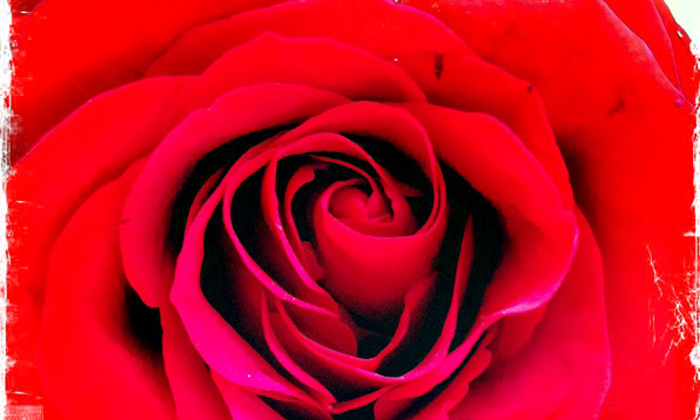 What is love? Good question. So this Valentine’s Day, with love on the mind, we decided to dive into the neuroscience of love as it occurs physiologically.
What is love? Good question. So this Valentine’s Day, with love on the mind, we decided to dive into the neuroscience of love as it occurs physiologically.
While the propagation instinct is built into all species, the entire animal kingdom does not hold the capacity to love. Your cat may act as a romantic troubadour as he passionately licks the neck of his feline companion, but not all animals have such tendencies.
Looking at the biology of the brain, not all creatures have the faculty of love. (Thank God we do!) In fact, before the reptiles evolved into mammals, it is uncertain if any life on the earth could sustain the emotion of love. The physiology involved came about when the reptilian brain, or brain stem, was joined by the limbic brain. The evolution of this brain structure marked several advancements, among those, the awareness of the young.
The disposition of the parent animal towards their offspring, is an indicator scientists use to gauge the emotional capacity of a species. After all, what is more fundamental than parental love? For example, reptiles simply drop their eggs into a nest somewhere and walk away. If the mother is lucky enough to be around when the young hatch, she may be in for a tasty snack. The willingness to eat your own baby, is probably a good indication that the maternal love is not there.
Another evolution that came along with the limbic brain, is the ability of the young to verbalize the displeasure of being left without the parent animal. For example, when you take a baby gecko from its mother, it does nothing. When you take a baby kitten from its mother, it will cry out in loneliness, indicating that feeling is there.
But we all know that love doesn’t come from the brain. It comes from the heart.
 Finding and spreading love is a lifelong task we should all continue with fervor. Evolution has brought us this miraculous power, and the progress of humanity depends on us spreading it further. True love should permeate every aspect of life, every day of the year. It is the ever-pervasive, omni-present capacity we all have to feel compassion for the rest of man- and woman-kind.
Finding and spreading love is a lifelong task we should all continue with fervor. Evolution has brought us this miraculous power, and the progress of humanity depends on us spreading it further. True love should permeate every aspect of life, every day of the year. It is the ever-pervasive, omni-present capacity we all have to feel compassion for the rest of man- and woman-kind.
Perhaps the most important challenge to tackle as a culture as we enter this Year of the Horse, is to nurture and express unconditional love for each other, especially those we disagree with. If we can start expressing love for others, so many of the ills that plague our modern world like war, poverty, and religious battles will melt away.
So whether you are having a romantic Valentine’s dinner with your special someone tonight, or are enjoying singles night in solidarity with your uncommitted brethren, remember that we have come a long way down the evolutionary road to enjoy the capacity to love, so let’s just just let it flow today, shall we?!
Love,
Jon
References:
- “A General Theory of Love“, Lewis, Thomas, Fari Amini & Richard Lannon.
Photography by Jon Heinrich, copyright 2014

Leave a Reply